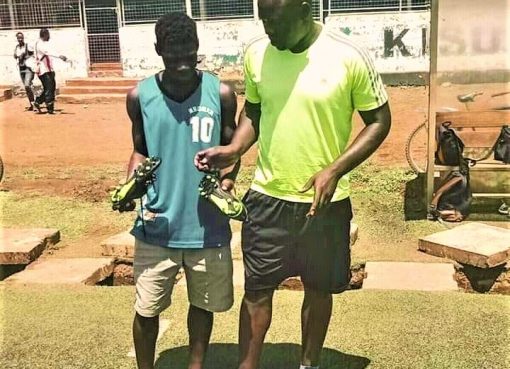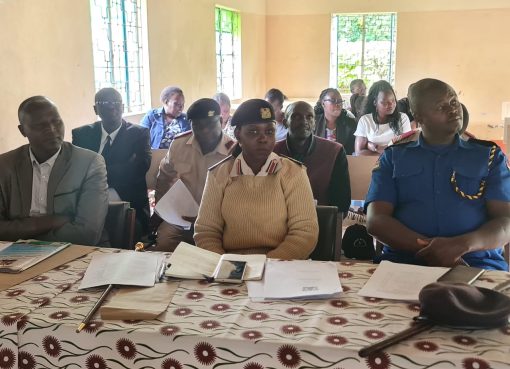Young people below 24 years still face a serious threat from new HIV infections, a senior National Syndemic Disease Control Council (NSDCC) official has said.
Speaking at the Nyeri Baden Powel’s grounds during celebrations to mark this year’s World Aids Day, Ms. Monica Njoroge a NSDCC director said unless drastic steps are taken to address the challenge, the socio-economic impact of the disease on young people would be disastrous for the country’s future.
Ms. Njoroge revealed that despite Kenya’s effort to reduce HIV prevalence levels from 14 per cent in 1984 (when the first case of the disease was detected in the country) to the current 4.5 per cent, infection trends among the youth remain shockingly high.
“Our youth are at risk because of HIV. And even with the achievement (fall in HIV infection levels), the problem we have remains among our youth. In 2021 there were 34,540 new infections with 67 per cent of this being young women and girls. In addition, 41 per cent of the new infections were young people between 15 and 24 years. We therefore need to talk to the youth as a country since if we don’t talk, we have no future as a country,” she told the press on the sidelines of the fete.
And despite worries over decreased donor funding on HIV prevention and care in the country, NSDCC has appealed to persons who already know their status but not yet on treatment to come out and access the required medical intervention to avoid jeopardizing their health.
Currently there are 1.4 million people living with HIV in Kenya with 200,000 of them out of antiretroviral treatment.
Njoroge urged those not on treatment to urgently seek necessary medical intervention to ensure the country wins the war against the virus that has killed more than 40 million people globally.
“We are making calls to those people who know their status to come out and be put under antiretroviral treatment. They should know that this disease is not a death sentence. You can be living positively with the disease. But when you are not on ARVs you are courting death,” she said.
Nyeri County Director of Health Services Dr Nelson Mureu said the government has embarked on a five-year plan to address the HIV/Aids disease burden including setting up 41 health facilities to attend to those living with the disease.
Dr Mureu also disclosed the county government was putting up interventions to ensure prevalence rates in the area remain below the national tally with special focus targeting the youth who account for 90 per cent of all new infections in Nyeri.
“We have impact interventions that are being employed by all the stakeholders. We have in excess of 20,000 population that are actually living with the disease and 98 per cent are on treatment. Currently we have started what we call a journey to self-reliance where our health facilities are being funded directly using funds from the county government in the face of dwindling donor assistance,” Dr Mureu said.
“As we look into new infections, remember that we also appreciate the data we have. Moving forward we need to have a conservation targeting the youth including at policy level since whatever we do, if we neglect one side, we are not going to achieve especially with the increased cases of teenage pregnancies,” he added.
In line with the 2022 World AIDS Day global theme, EQUALIZE, and guided by the strategic direction of the Kenya AIDS Strategic Framework, Kenya has adopted the theme #Sawazisha End the Triple Threat as a prompt call for collective action to end new HIV infections, sexual and gender-based violence and adolescent pregnancies that perpetuate inequalities among adolescents and young people.
By Samuel Maina





